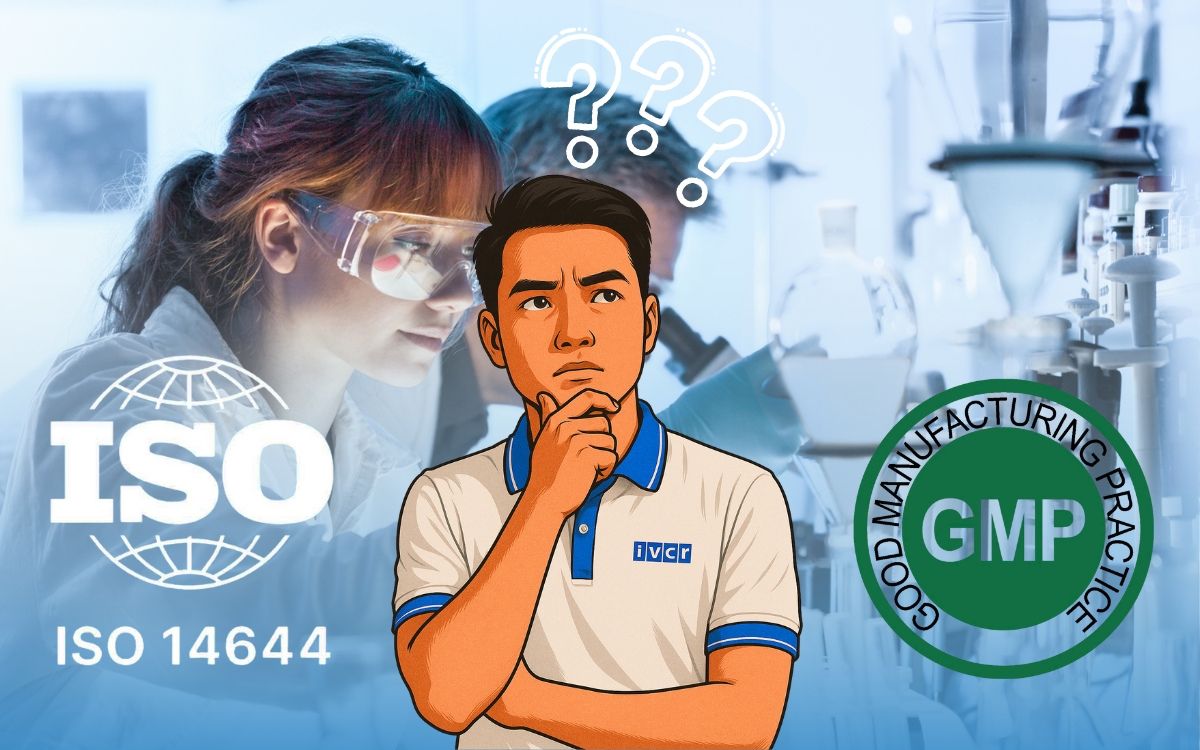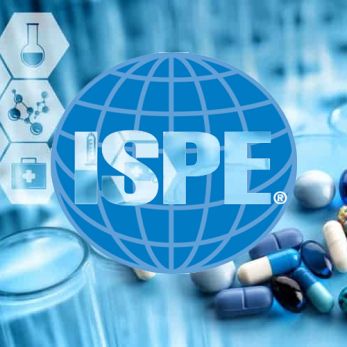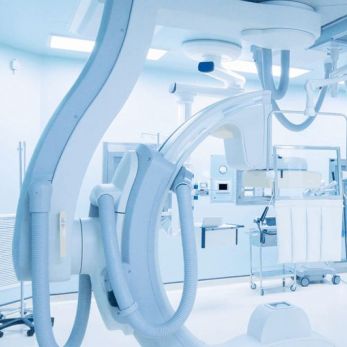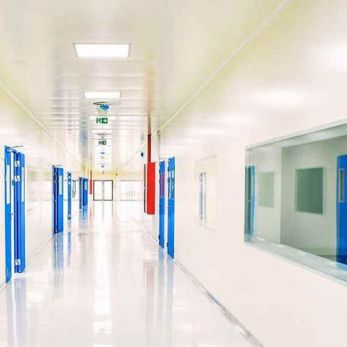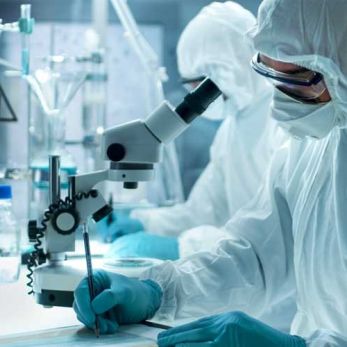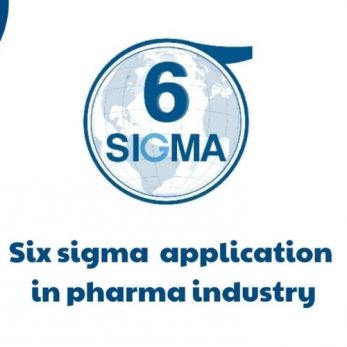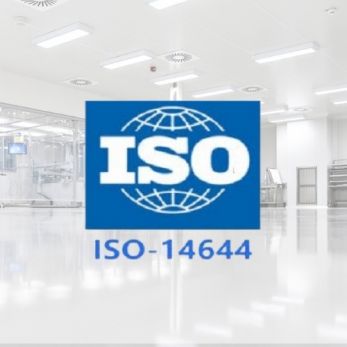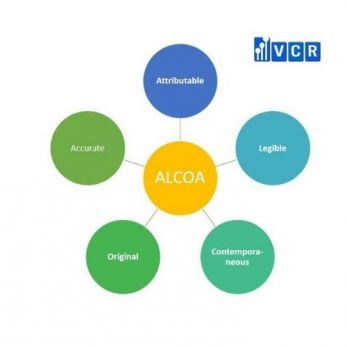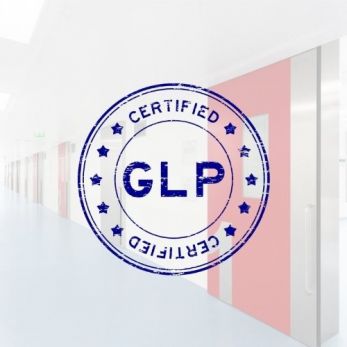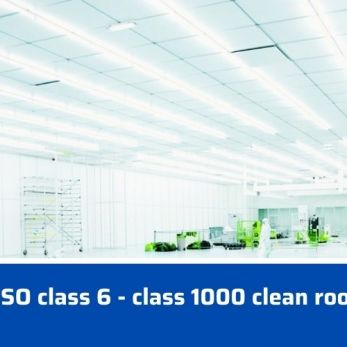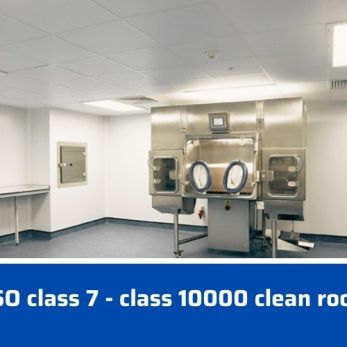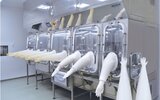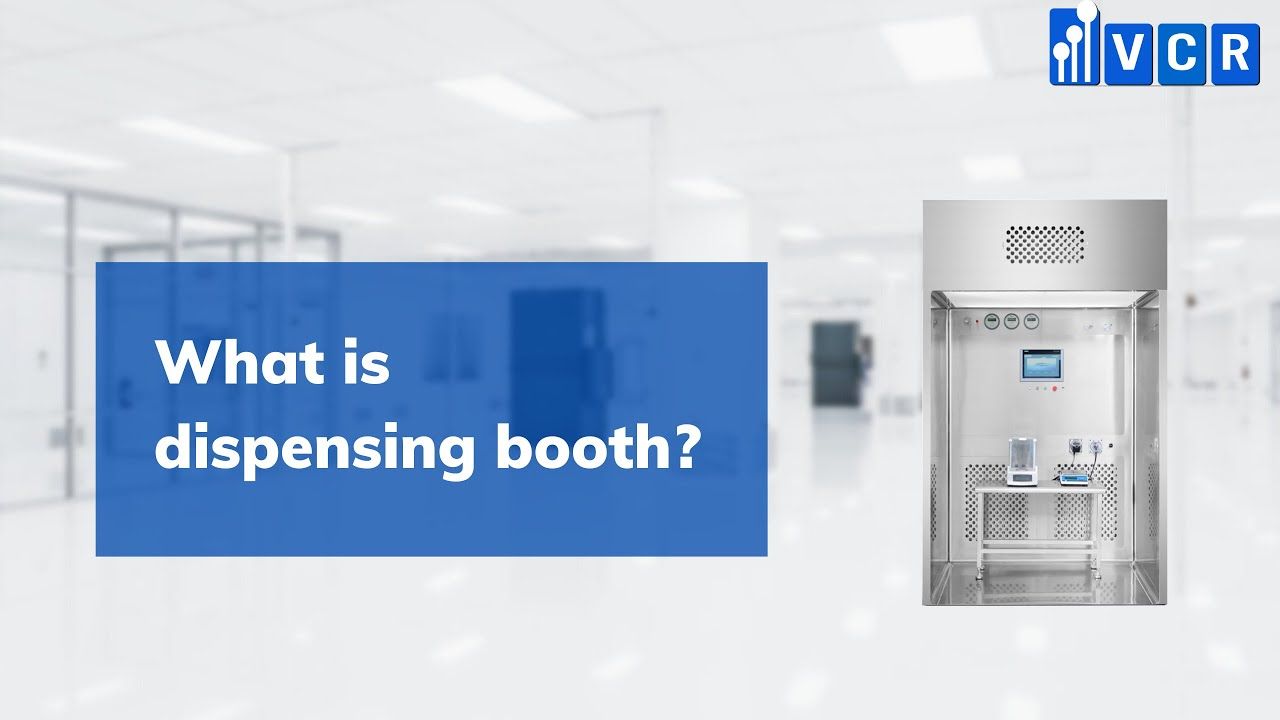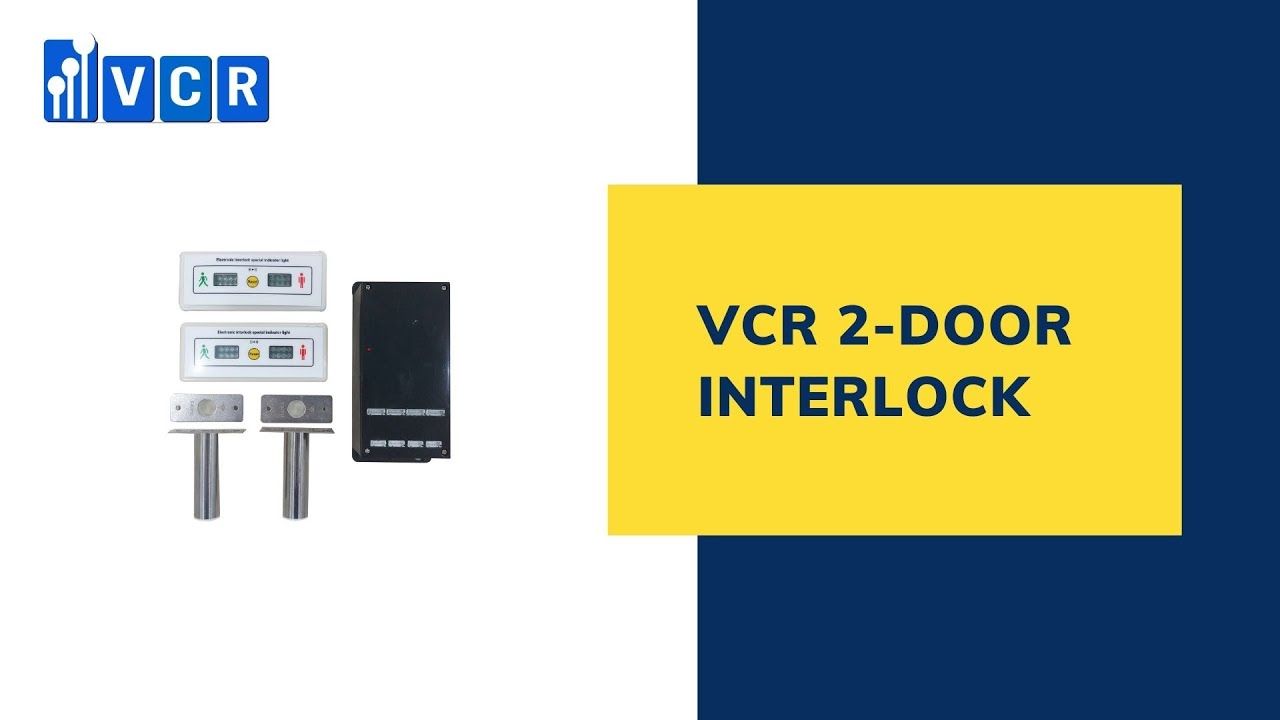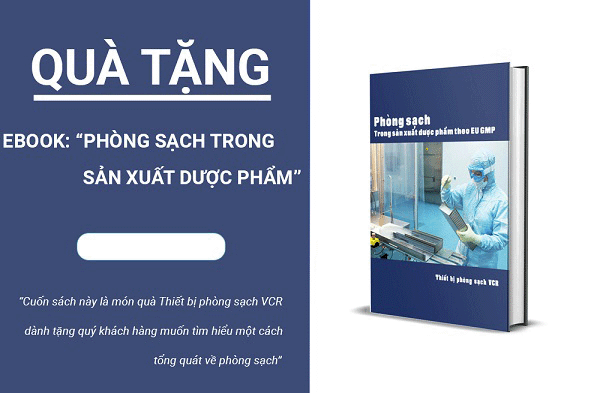Why ISO 14644 is Not Enough to Achieve GMP Compliance?
In pharmaceutical and cosmetic production, many businesses mistakenly believe that a cleanroom meeting ISO 14644 is enough to meet GMP. In fact, ISO 14644 only focuses on controlling airborne dust particles, while GMP covers the entire production system. So why is ISO 14644 not enough to meet GMP and what else do businesses need to prepare?
1. INTRODUCTION
In the pharmaceutical and cosmetic industries—where environmental control is critical—two standards are often discussed: ISO 14644 and GMP. However, many manufacturers mistakenly believe that achieving ISO 14644 compliance automatically satisfies GMP requirements.
This is a risky misunderstanding.
ISO 14644 is a technical standard series that defines how to classify and control airborne particle contamination in cleanrooms. It focuses mainly on particle count and cleanliness levels, forming the foundation for cleanroom design and operation.
On the other hand, GMP (Good Manufacturing Practices) is a far more comprehensive regulatory framework. It goes beyond cleanroom design to cover operating procedures, staff training, documentation, equipment sanitation, deviation handling, and supplier management. GMP is about managing total production quality and risk, not just clean air.
Therefore, a facility may be ISO 14644-compliant yet still fail GMP audits due to gaps in procedural or documentation systems.
This article will clarify:
- How ISO 14644 differs from GMP
- Why ISO alone is not enough for GMP compliance
- How to build a truly GMP-compliant cleanroom facility
2. OVERVIEW OF ISO 14644
ISO 14644 is the most widely adopted international standard for the design, construction, and operation of cleanrooms. Its core objective is to control airborne particulate contamination by defining cleanliness levels based on the number and size of particles suspended in the air.
This standard is foundational in cleanroom-intensive industries such as pharmaceuticals, electronics, biotechnology, and medical devices.
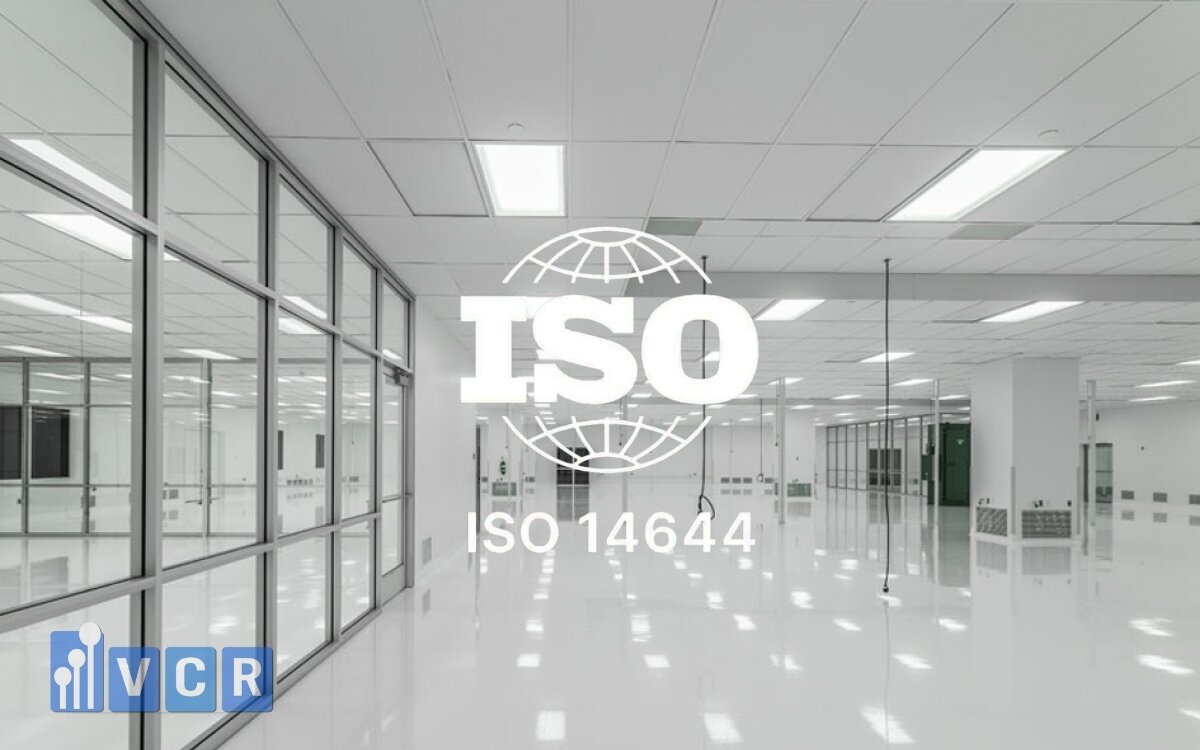
Key Components of ISO 14644:
- ISO 14644-1: Classification of Air Cleanliness
- Defines cleanroom classes from ISO Class 1 to ISO Class 9.
- Each class is based on allowable concentrations of particles ≥0.1 µm, ≥0.3 µm, ≥0.5 µm, etc.
- Frequently used to determine the required cleanliness level for specific production zones.
- ISO 14644-2: Monitoring to Ensure Ongoing Performance
- Requires periodic monitoring of critical parameters to ensure the room maintains its designed cleanliness level.
- Includes airflow, pressure differentials, temperature, humidity, and particle counts.
- ISO 14644-3: Testing and Certification Methods
- Provides methodologies for integrity testing, airflow velocity tests, pressure differential checks, and HEPA filter leak testing.
- Defines acceptance criteria and recommended test intervals.
Limitations of ISO 14644:
- ISO 14644 does not cover microbial contamination, human handling procedures, traceable documentation, or process validation.
- While it evaluates “physical cleanliness,” it cannot ensure product quality in industries where microbial risk and human error are critical GMP concerns.
3. WHAT IS GMP?
GMP (Good Manufacturing Practices) is a mandatory quality management framework in industries such as pharmaceuticals, cosmetics, dietary supplements, and medical devices. Unlike ISO 14644, which focuses on the cleanroom environment, GMP governs the entire production system, from raw materials to the final product.
Key frameworks include:
- WHO-GMP (World Health Organization)
- EU-GMP (European Union)
- PIC/S (Pharmaceutical Inspection Co-operation Scheme)
Despite minor differences, they share five fundamental pillars:
1. Personnel Qualification & Training
- All production staff must be trained and qualified to perform their tasks.
- Regular training, competence assessment, and up-to-date SOPs are mandatory.
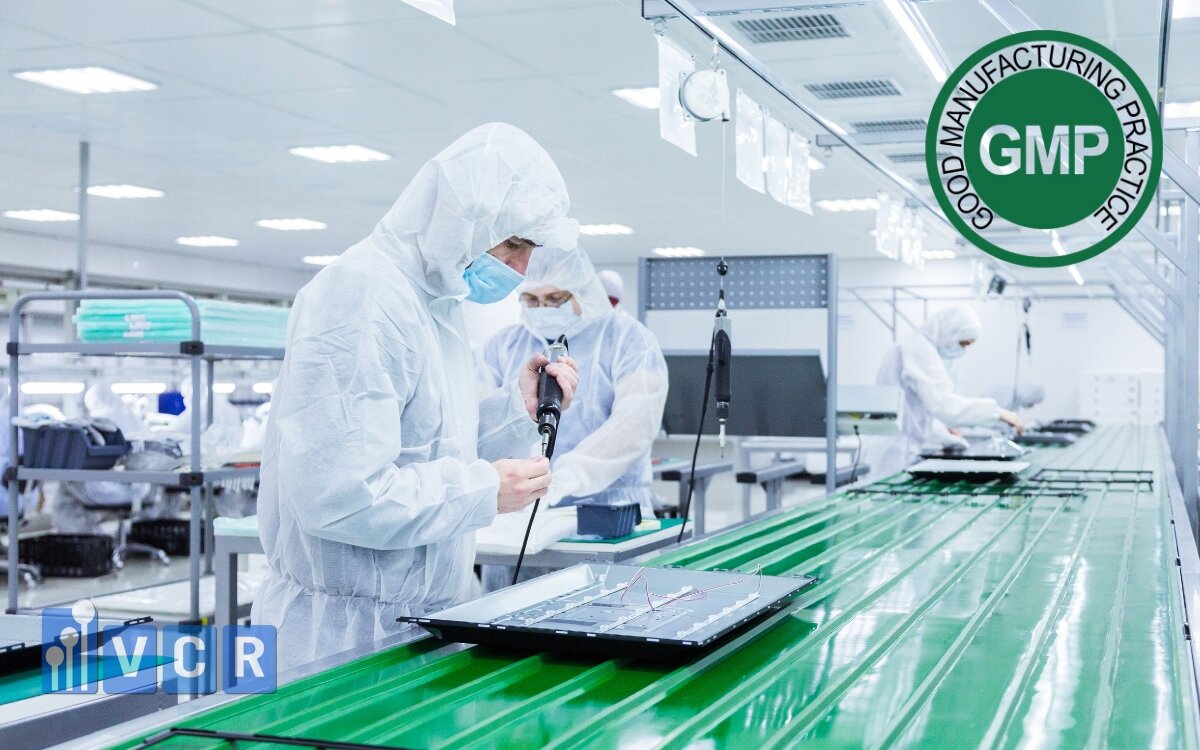
2. Documentation & SOPs
- “If it isn’t documented, it didn’t happen.”
- GMP requires all actions to be documented, traceable, and verifiable to ensure transparency and accountability.
3. Equipment Design & Validation
- Equipment and cleanroom systems must be fit-for-purpose, properly installed, and validated.
- IQ/OQ/PQ (Installation, Operational, Performance Qualification) is essential for compliance.
4. Process & Quality Control
- All processes must be standardized and consistently controlled.
- Raw materials, intermediates, and finished goods are subject to strict quality testing.
- CAPA (Corrective and Preventive Actions) systems are required to handle deviations effectively.
5. Risk Management & Supplier Qualification
- GMP mandates Quality Risk Management (QRM) across all activities.
- Suppliers of raw materials, packaging, and cleanroom equipment must be qualified, audited, and monitored regularly.
See more: What is EU GMP?
4. COMPARING ISO 14644 VS GMP
In cleanroom construction and operation, many manufacturers assume that ISO 14644 compliance equals GMP readiness. This assumption is incorrect.
ISO 14644 serves as the technical foundation for cleanroom design, while GMP is the full regulatory framework governing manufacturing operations. ISO helps you build a particle-controlled space, but GMP ensures that the products made inside meet quality, safety, and traceability standards.
Let’s look at a side-by-side comparison:
Comparison Table: ISO 14644 vs GMP
|
Criteria |
ISO 14644 |
GMP |
|---|---|---|
|
Scope of Application |
Cleanroom design & performance |
Entire production & quality management |
|
Main Control Focus |
Airborne particle counts (≥0.1µm, ≥0.3µm...) |
Particles + microbes + human procedures + documentation |
|
SOP Requirement |
Not required |
Mandatory at all stages |
|
Personnel Training |
Not mentioned |
Mandatory with documentation |
|
Internal Audits |
Not required |
Required regularly |
|
Production Records |
Not specified |
Mandatory for traceability |
|
Equipment Validation |
General reference (ISO 14644-3) |
Specific validation: IQ/OQ/PQ required |
|
Traceability & Responsibility |
Not fully addressed |
Critical at every step |
|
Risk Management |
Not included |
Core GMP principle |
|
Enough for pharmaceutical GMP? |
No |
Yes |
Conclusion: ISO 14644 helps you achieve “clean,” but GMP ensures “compliance.” Relying on ISO alone may help reduce particles—but you still risk microbiological contamination, human error, and GMP audit failure.
5. WHY ISO 14644 IS NOT ENOUGH FOR GMP?
Many facilities today are ISO 14644-certified but still fail GMP inspections. The key reason is simple: ISO focuses on environmental conditions, while GMP audits the entire operational and quality system.
1. ISO lacks essential GMP operational requirements
Here are critical GMP requirements not covered by ISO 14644:
- Batch records and traceability: GMP requires complete records of every batch - from raw material to packaging. ISO does not.
- Standard Operating Procedures (SOPs): GMP mandates detailed SOPs for every process, approved and trained before use. ISO doesn’t mention SOPs.
- Personnel training systems: GMP requires regular training, performance assessment, and record-keeping for all production staff. ISO is silent on this.
- Quality checks & deviation handling: GMP requires QC sampling, CAPA processes, and deviation reports. ISO doesn't address these operational controls.
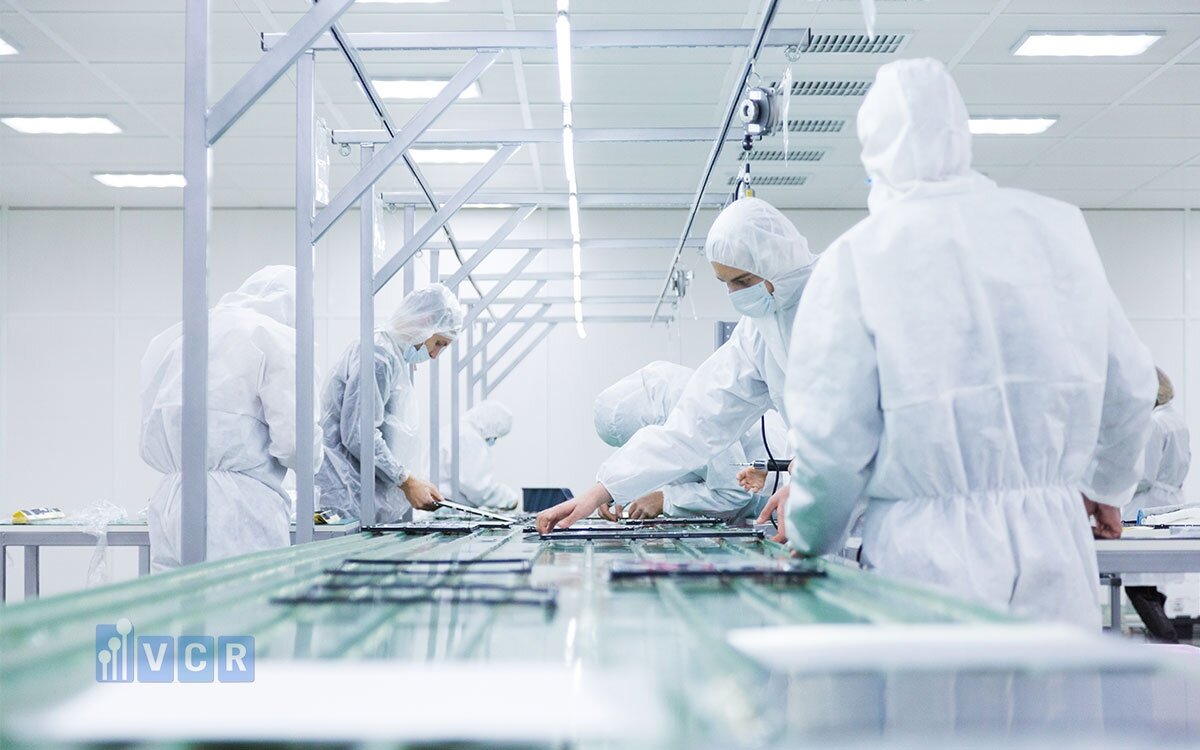
2. Common GMP issues in ISO-only facilities
Cleanrooms may meet ISO standards yet fail in GMP due to operational gaps, such as:
- Cross-contamination from poor practices: An ISO Class 7 cleanroom with improper material flow or uncontrolled personnel movement leads to contamination.
- Lack of cleaning SOPs: Particle counts are within ISO limits, but no validated cleaning procedures → residue build-up or microbial growth.
- No documentation: When asked “Who produced this batch, in what room, on which date?” - if there's no documentation, the audit fails.
3. Case Study: ISO-certified facility fails GMP audit
A cosmetics manufacturer in Vietnam built a cleanroom certified ISO 14644-1:2015 Class 8. The facility had proper HEPA filters and maintained pressure differentials. However, during an EU-GMP audit, it failed due to:
- No SOP for equipment cleaning after each shift.
- Incomplete batch records (missing personnel names, timestamps).
- No microbiological testing in semi-finished product areas.
This case proves: ISO certification may ensure environmental cleanliness, but GMP compliance demands systematic controls, documentation, and accountability.
See more: Benefits of GMP certificate
6. HOW TO COMBINE ISO 14644 & GMP EFFECTIVELY?
To achieve both ISO 14644 and GMP compliance, businesses must integrate both systems, using ISO as the technical foundation and GMP as the operational framework.
ISO helps you build it right, GMP ensures you run it right.
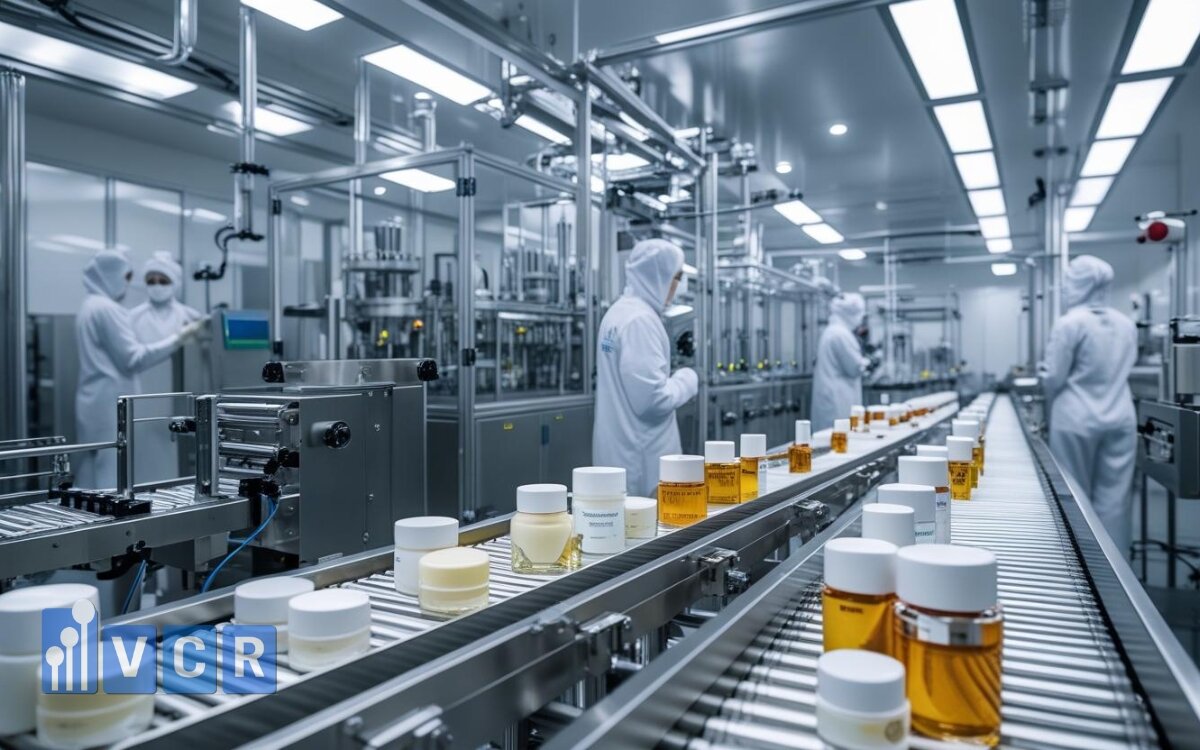
1. Use ISO for design - GMP for operations
- ISO 14644 guides:
- Cleanroom classification and layout.
- Airflow design, pressure zones, particle control.
- Environmental monitoring parameters.
- GMP governs:
- How personnel work inside the cleanroom.
- How records are kept and traced.
- How deviations are managed, risks assessed, and staff trained.
A clean facility is useless without proper operations.
2. Develop an Integrated Quality Management System (QMS)
A successful cleanroom must operate under an integrated Quality Management System (QMS) combining both ISO and GMP principles:
|
QMS Component |
Role |
|---|---|
|
ISO 14644 |
Technical control of cleanroom design and environment |
|
SOPs |
Standardized operational guidance |
|
Training |
Ensure consistent, qualified personnel behavior |
|
Validation (IQ/OQ/PQ) |
Prove equipment and systems function properly |
|
CAPA |
Manage and prevent non-conformities |
|
Batch Records |
Provide traceability and accountability |
Together, these components create a stable system for regulatory success.
3. The Critical Role of QA/QC
The QA/QC department is not just about product testing — it’s the guardian of GMP compliance:
- Drafting and approving SOPs.
- Monitoring production and maintenance practices.
- Leading training, audits, CAPA, and deviation handling.
- Auditing suppliers and equipment for GMP readiness.
If QA is weak, GMP will fail.
7. IMPLEMENTATION TIPS
Once it’s clear that ISO 14644 is only part of the GMP equation, businesses must adopt a structured implementation roadmap to ensure full compliance.
Here’s a recommended 5-step roadmap used in many successful GMP projects:
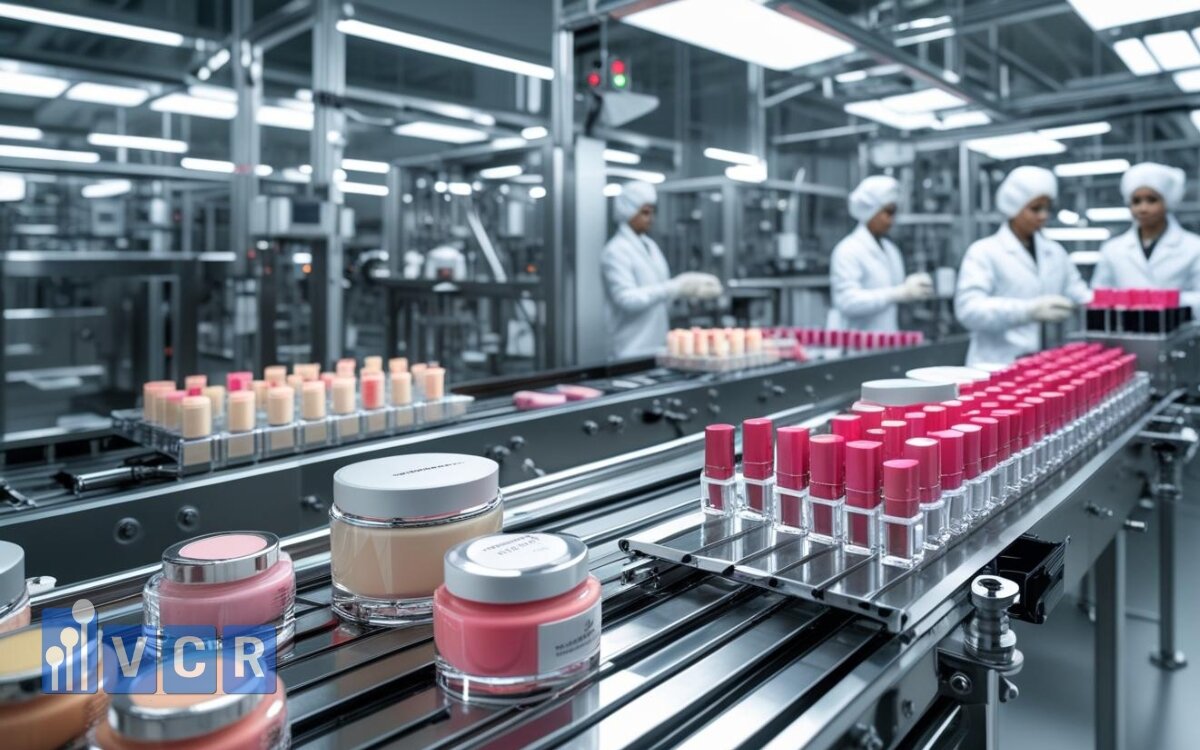
Suggested Roadmap:
- Cleanroom design per ISO 14644
→ Define class, layout airflows, people & material paths. - Construction & ISO validation
→ Perform particle count, pressure differential, airflow, HEPA tests. - Develop and standardize SOPs
→ Write procedures for operations, cleaning, maintenance, records. - Train staff according to SOPs
→ Train all departments: production, QA, maintenance, etc. - GMP validation
→ Validate equipment (IQ/OQ/PQ), environment, processes, and documents.
Quick Checklist:
- Is there a clear, integrated QMS?
- Are all SOPs written, reviewed, and approved?
- Has staff been trained and assessed regularly?
- Are CAPA, deviation, and batch records complete?
- Have internal audits been conducted to prepare for external inspections?
Note:
Combining ISO and GMP isn't just about passing audits — it's about building a robust, efficient, and scalable production system ready for global markets.
See more: What ' re the differences between WHO GMP and PIC/S GMP?
8. CONCLUSION
ISO 14644 provides a solid technical foundation for cleanroom design. But achieving GMP compliance — the gold standard in pharmaceutical and cosmetic manufacturing — requires more: a well-structured operational and quality management system that mitigates risk and ensures consistency.
GMP isn’t just about documentation — it’s how you operate every single day.
Rather than chasing certifications, develop system thinking:
- A cleanroom is only one component.
- People, SOPs, traceability, training, and continuous improvement are the real foundation.
In industries where quality affects public health, only knowledge and disciplined execution lead to long-term success.
9. FREQUENTLY ASKED QUESTIONS
1. If we already meet ISO 14644, do we still need to do more for GMP?
→ Yes. ISO covers cleanroom technical specs. GMP requires SOPs, training, records, risk control, and full quality management.
2. Can ISO replace GMP?
→ No. ISO is only one part of the broader GMP framework and cannot fully substitute it.
3. Can an ISO-certified cleanroom fail a GMP audit?
→ Absolutely. Without SOPs, proper records, or trained staff, you can still fail GMP despite ISO certification.
4. How long does it take to build GMP compliance from ISO baseline?
→ Typically 6-12 months, depending on facility size, product complexity, and internal team capacity.
5. Who is responsible for maintaining GMP compliance?
→ The QA/QC department, in collaboration with production, engineering, maintenance, and management.






